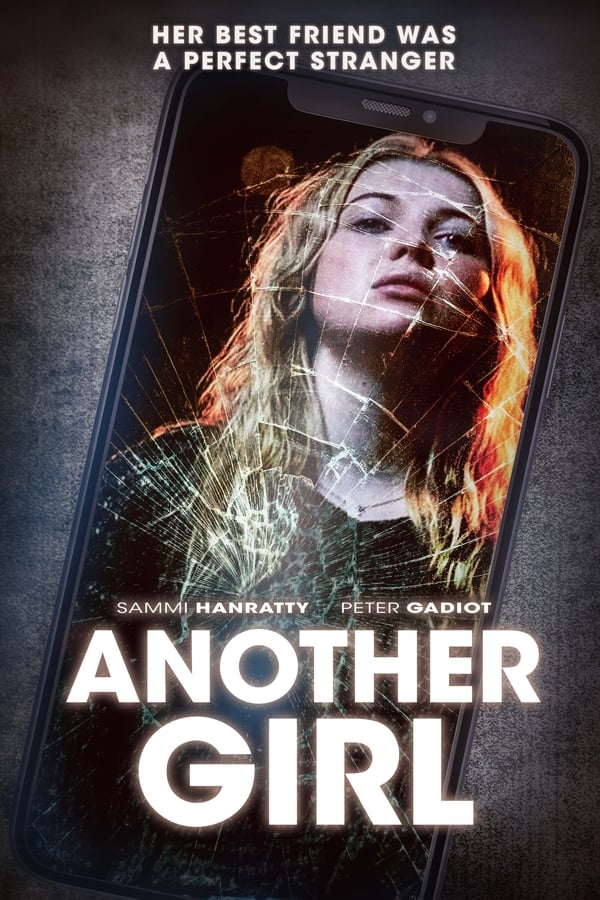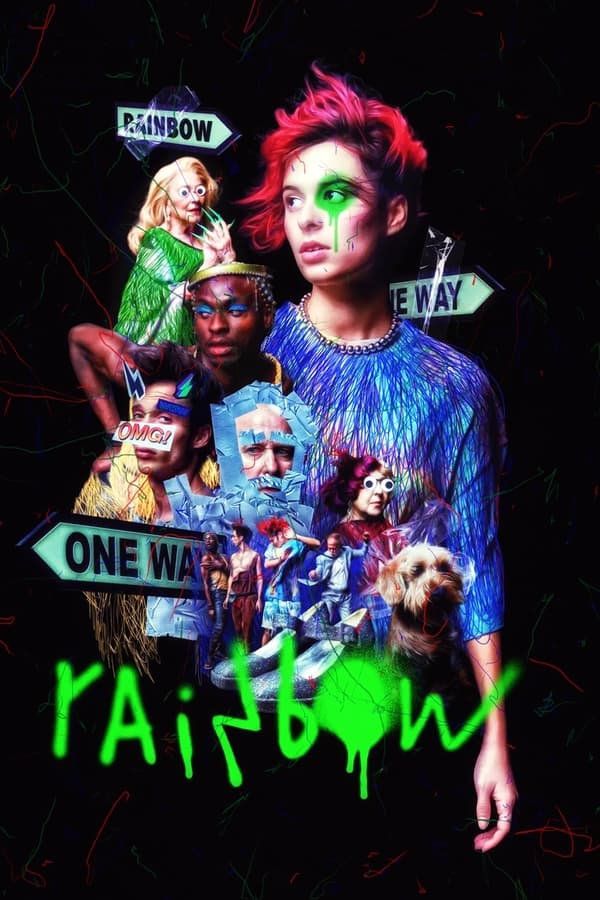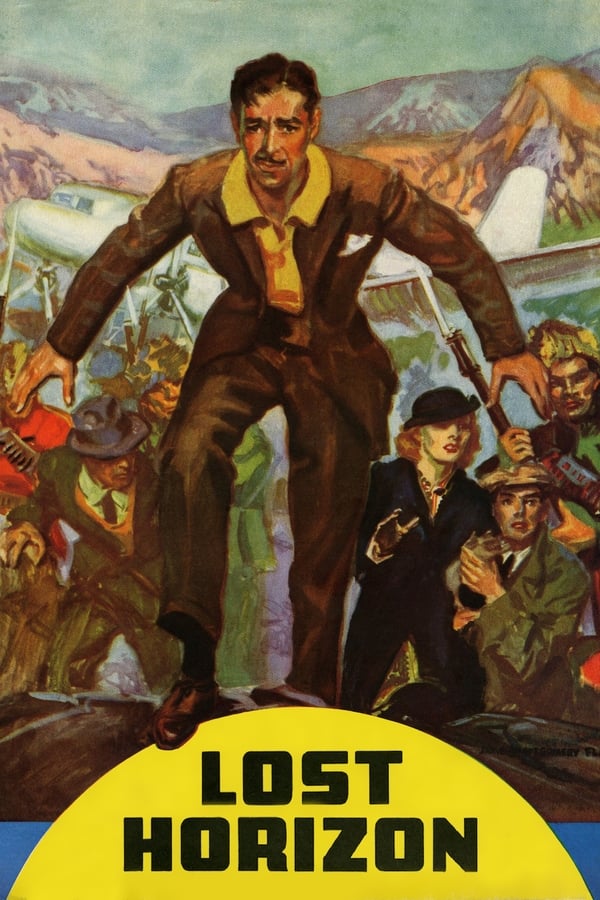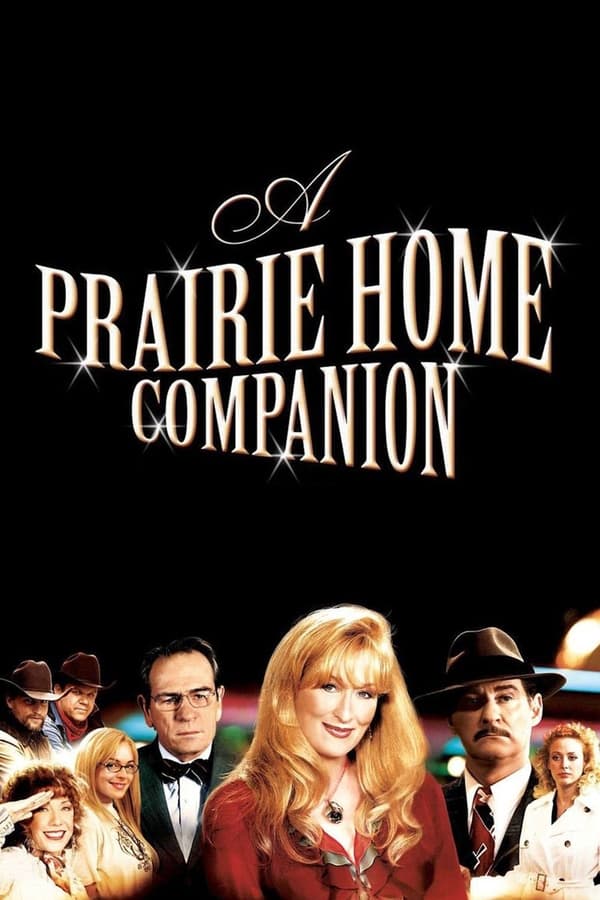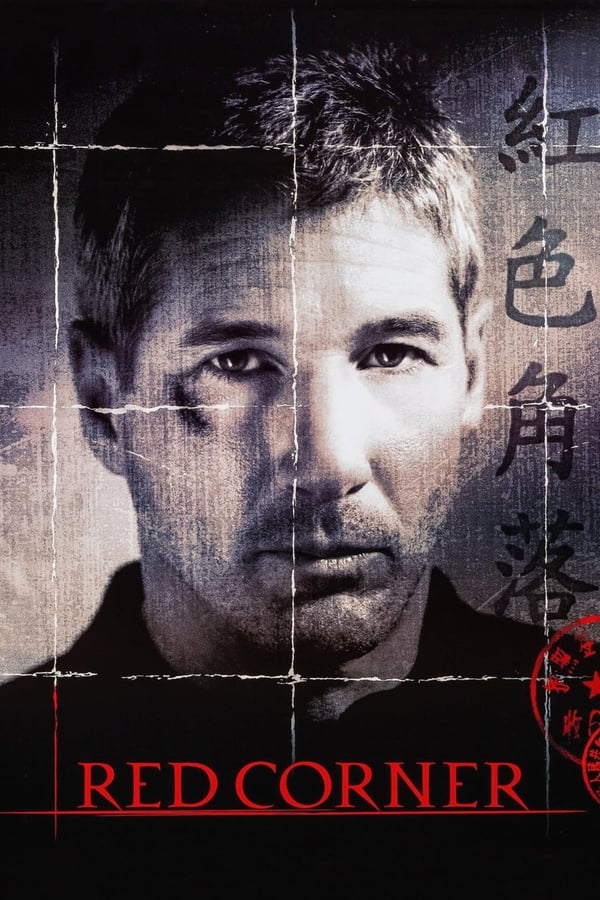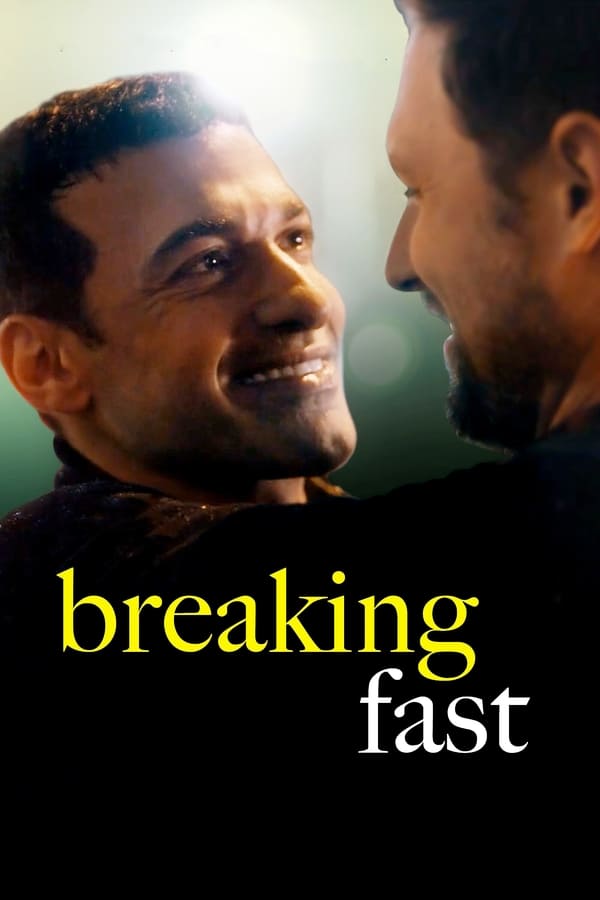Trailer
Toggle light
Comments
42 Views
Report
FavoriteIf current server doesn't work please try other servers below.
Server
Vidsrc
Server
1080P Only No ads
Server
GD
Server
StreamBucket
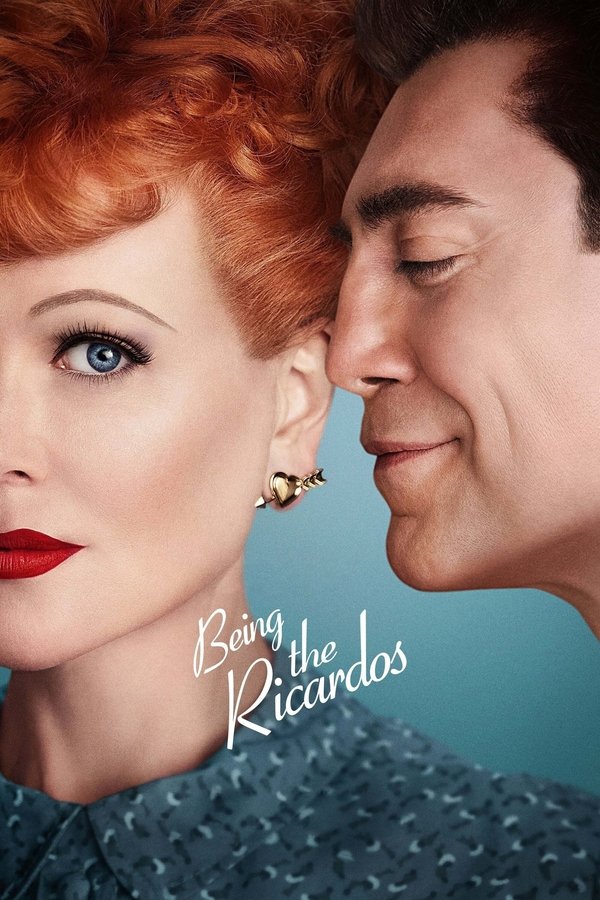
Being the Ricardos 2021 Watch Free
Being the Ricardos Watch Free: The Story Behind I Love Lucy
“Being the Ricardos” is a captivating film that takes us through the intricate and often tumultuous relationship between Lucille Ball and Desi Arnaz, focusing on both their personal lives and their iconic television careers. The movie is structured through three distinct perspectives: interviews with the lead writers of “I Love Lucy,” flashbacks to the early years of Lucille and Desi’s relationship, and behind-the-scenes moments from the production of their hit TV show in 1953. Let’s dive deeper into the fascinating journey of Lucille Ball, Desi Arnaz, and the making of one of TV’s most beloved sitcoms, “I Love Lucy.”
Lucille Ball’s Early Career and the Love Story That Started It All
In 1939, Lucille Ball was an actress struggling to find success in Hollywood. Known as the “Queen of the B-Movies,” she found herself cast in the failed comedy “Too Many Girls,” where she met and fell in love with her co-star, Cuban singer Desi Arnaz. The two shared a deep connection, with Arnaz recognizing Ball’s unique talent as a physical comedian. Despite their differing backgrounds, they married and settled in Hollywood, but their relationship faced challenges due to their demanding careers. While Ball struggled to make a name for herself in film, Arnaz toured with his band, the Desi Arnaz Orchestra, which kept him away from home.
Desi Arnaz and Lucille Ball: A Relationship Tested by Fame
In the aftermath of World War II, Desi Arnaz resumed his touring schedule, while Lucille Ball found a new opportunity in 1942 with the film “The Big Street.” However, despite her hopes, RKO President Charles Koerner terminated her contract, citing her age and advising her to pursue radio work instead. The setback didn’t deter Ball. In 1948, she was cast in the radio show “My Favorite Husband,” which became a massive success.
The Birth of “I Love Lucy” and the Struggles Behind Its Success
As CBS looked to turn “My Favorite Husband” into a television show, they faced resistance. Ball was insistent that her real-life husband, Desi Arnaz, should play her on-screen husband. Initially, the network executives balked at the idea of an “all-American” woman being paired with a Cuban actor. However, the network eventually relented, and in 1951, the show was rebranded as “I Love Lucy.” The series quickly became a massive success, drawing nearly 60 million viewers each week.
Behind the Scenes of “I Love Lucy” and the Drama on Set
Ball and Arnaz produced the show through their company, Desilu Productions, introducing groundbreaking techniques such as the three-camera system to enhance live broadcasts for East Coast audiences. Yet, behind the scenes, there was significant tension. Lucille Ball faced challenges with her co-stars, William Frawley and Vivian Vance, who both resented her growing influence. The ongoing friction between the cast and the pressure of maintaining the show’s popularity added strain to Ball’s personal life.
Challenges and Scandal: The Communist Allegations and Personal Struggles
The success of “I Love Lucy” was not without its challenges. In 1953, a radio program by Walter Winchell falsely accused Lucille Ball of being a Communist, threatening the show’s future. Ball had, in fact, registered as a Communist in her youth due to familial influence, but she had long since abandoned those beliefs. Arnaz’s attempt to downplay the situation only added tension to the relationship. In the midst of these external pressures, the couple also faced personal struggles, including Arnaz’s infidelity, which was later revealed during the filming of one of the show’s episodes.
Being the Ricardos Watch Free: An Iconic Moment and The Fallout
One of the most poignant moments in the film is when Lucille Ball’s pregnancy is introduced into the show. Despite resistance from network executives, who refused to let the word “pregnant” appear on TV, Ball and Arnaz successfully integrated the storyline into “I Love Lucy,” a bold move that would set a precedent for how television portrayed pregnancy and family life. However, personal struggles were far from over. Arnaz’s behavior and infidelity continued to trouble Ball, culminating in a confrontation when Ball discovered a lipstick-stained handkerchief that she knew was not hers. Arnaz ultimately confessed to his affair, marking a turning point in their marriage.
The Final Years of Lucille Ball and Desi Arnaz’s Relationship
As the filming of “I Love Lucy” continued, Lucille Ball was deeply affected by the emotional turmoil in her personal life. The show’s famous catchphrase, “Lucy, I’m home,” became a painful reminder of their fractured relationship. In a heartbreaking epilogue, it is revealed that Ball filed for divorce from Arnaz after filming their final episode in 1960.
Watch “Being the Ricardos” to Relive the Drama and Triumph of an Iconic Couple
“Being the Ricardos” captures the complexities of Lucille Ball and Desi Arnaz’s relationship, both personal and professional. It delves into the pressures of fame, the struggles of maintaining a marriage under public scrutiny, and the groundbreaking achievements that defined “I Love Lucy.” If you’re interested in exploring this fascinating story and seeing how these two iconic figures navigated love, life, and television history, be sure to watch “Being the Ricardos” for free online today. Don’t miss out on experiencing this compelling story that shaped the future of television.
Conclusion: Don’t Miss Out on “Being the Ricardos Watch Free”
If you haven’t already, make sure to watch “Being the Ricardos” for free and enjoy this incredible film that showcases the personal and professional highs and lows of Lucille Ball and Desi Arnaz. With its in-depth storytelling, rich historical context, and powerful performances, it’s a must-watch for fans of classic television and anyone interested in the history of one of the most iconic shows of all time, “I Love Lucy.” Watch it now and see how the love story behind the laughter unfolded.
You may also like
×
